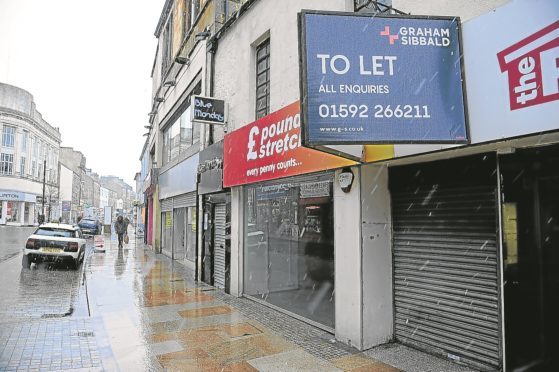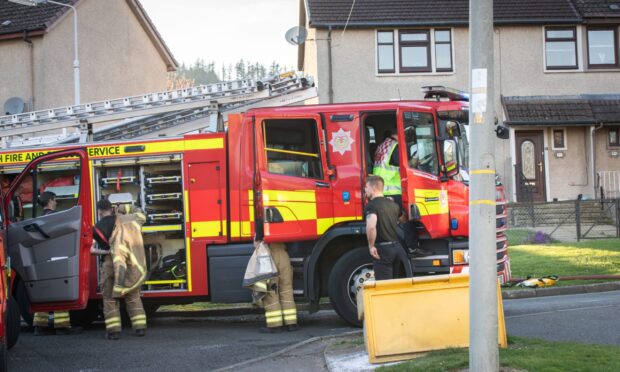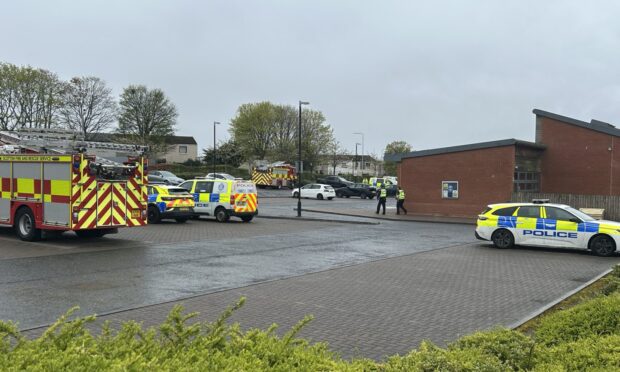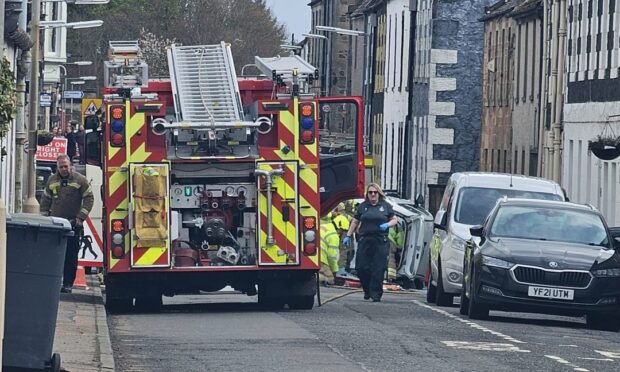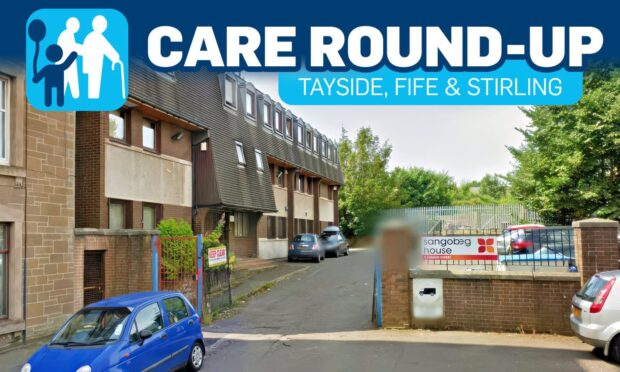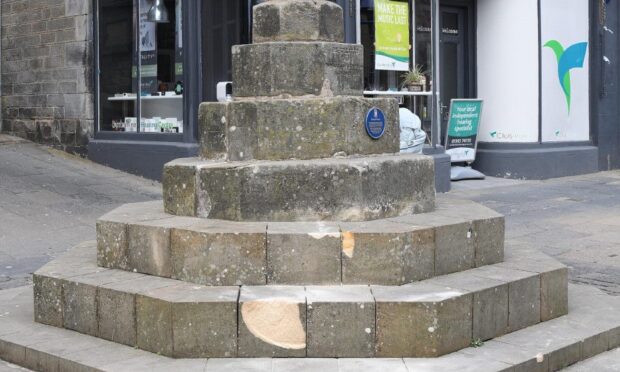There comes a time when you simply have to gamble, roll the dice and hope for the best.
And being a bit of a gambling man myself, rather apt with the Grand National coming up this weekend of course, I’m first to applaud Fife Council and its partners in their efforts to try and boost the region’s ailing town centres.
Some might see Fife Council’s offer of a discretionary reduction in rates for certain types of properties as swimming against the tide, and who could blame them?
Despite everyone’s best efforts, walking around Fife’s High Streets has been depressing of late, with existing empty shop units compounded by further shop closures. The sudden demise of the Subway sandwich place in Kirkcaldy’s Mercat Shopping Centre, which, literally, closed within a matter of hours and without any warning, is a stark, recent example.
The health of town centres is of national concern, and towns are under increasing pressure from a range of socio-economic, technological and cultural factors, with consumers changing their shopping patterns and habits, increasingly shopping in out-of-town centre locations and using online platforms.
That has led to a sharp rise in vacancy rates, in terms of square metres, and Fife’s vacancy rates range from between 4.6% and 24.5% across the region. Mid-Fife in particular is hardest hit, with an average vacancy rate of 20.8%.
Millions of pounds worth of investment has been ploughed into various initiatives, such as Business Improvement Districts, digital media campaigns, ‘Shop Local’ campaigns, and regeneration of built heritage, with varying degrees of success.
Yet, we’re still seeing the anchors, big-hitters like BHS in Kirkcaldy and Dunnes Stores in Glenrothes, shutting up shop and leaving gaping holes in our High Streets and town centres.
It is heartening, therefore, to see efforts being made to try and reverse the slide.
It was announced a few days ago that new occupiers of existing vacant town centre property which is vacant for six months or more with a rateable value over £65,000 will be offered relief, while support will also be offered for those seeking to configure units – either by sub-dividing very large units or combining two or more smaller units – will also be given support.
And that will build upon £500,000 set aside in last year’s budget to regenerate town centres.
How the rates relief scheme will work in practice remains to be seen and it is still a bit vague as to who will benefit. For example, we were told last week potential applicants who “may detract from the town centre mix” or offer services that “contribute to financial insecurity among communities” will not normally be eligible for support.
We must hope the new initiatives will make a real difference and won’t end up a case of throwing good money after bad.
